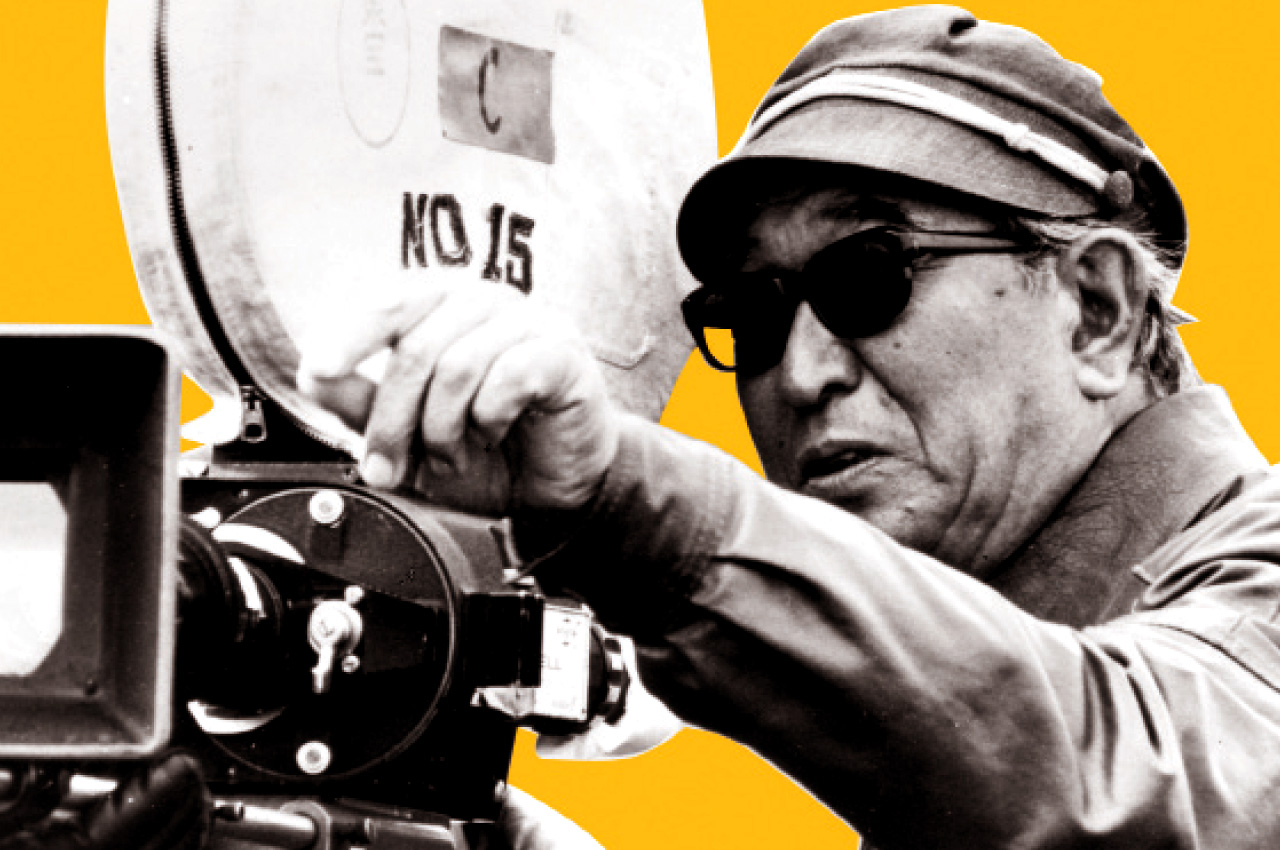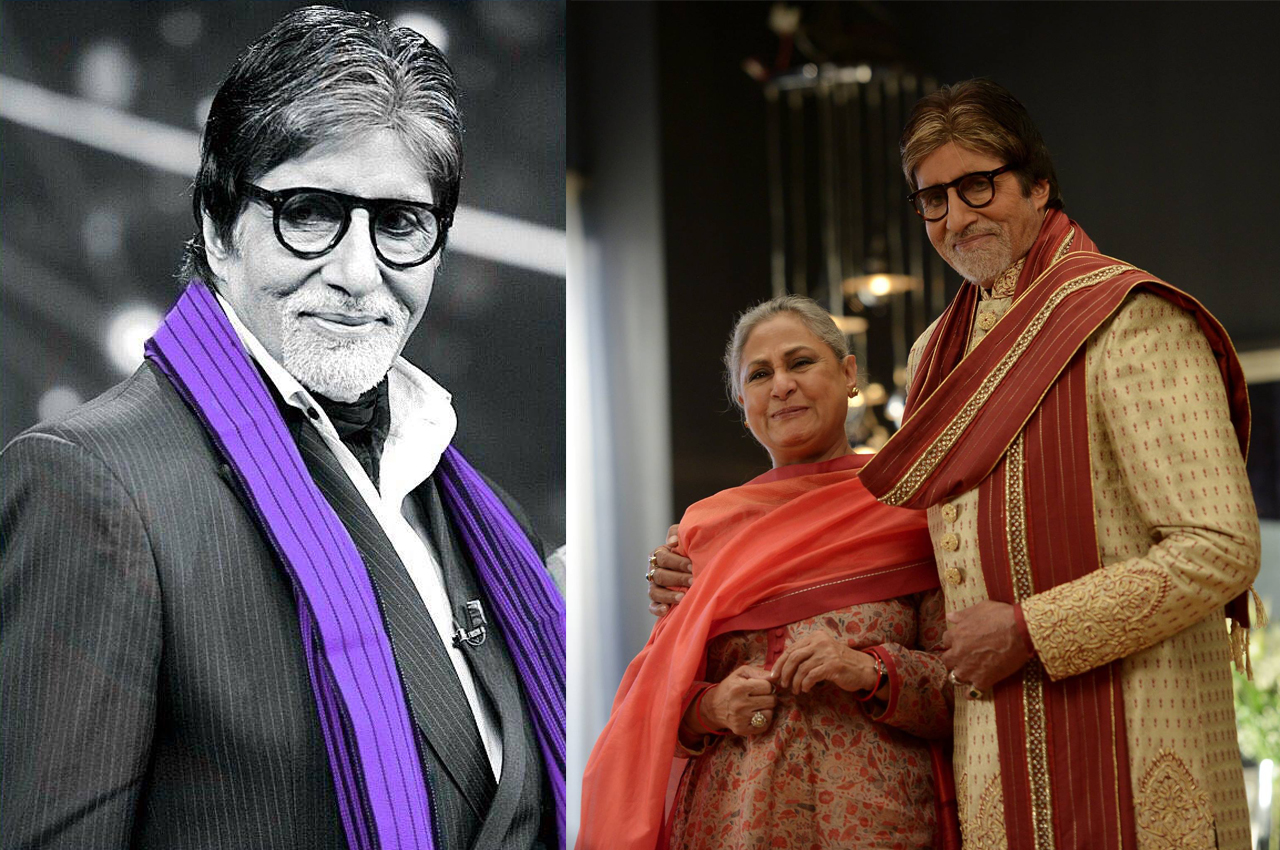 Akira Kurosawa was a Japanese filmmaker. Regarded as one of the most important and influential filmmakers in the history of cinema, Akira Kurosawa (1910-1998), a Japanese filmmaker, directed 30 films in a career spanning 57 years.
Akira Kurosawa was a Japanese filmmaker. Regarded as one of the most important and influential filmmakers in the history of cinema, Akira Kurosawa (1910-1998), a Japanese filmmaker, directed 30 films in a career spanning 57 years.
Kurosawa entered the Japanese film industry in 1936, following a brief stint as a painter. After years of working on numerous films as an assistant directorand scriptwriter, he made his debut as a director in 1943, during World War II, with the popular action film Sanshiro Sugata (a.k.a. Judo Saga). After the war, the critically acclaimed Drunken Angel (1948), in which Kurosawa cast then-unknown actor Toshiro Mifune in a starring role, cemented the director’s reputation as one of the most important young filmmakers in Japan. The two men would go on to collaborate on another 15 films. His wife Yōko Yaguchi was also an actress in one of his films.
Rashomon, which premiered in Tokyo in August 1950, and which also starred Mifune, became, on September 10, 1951, the surprise winner of the Golden Lion at the Venice Film Festival and was subsequently released in Europe and North America. The commercial and critical success of this film opened up Western film markets for the first time to the products of the Japanese film industry, which in turn led to international recognition for other Japanese filmmakers. Throughout the 1950s and early 1960s, Kurosawa directed approximately a film a year, including a number of highly regarded films such as Ikiru (1952), Seven Samurai (1954) and Yojimbo(1961). After the mid-1960s, he became much less prolific, but his later work—including his final two epics, Kagemusha (1980) and Ran (1985)—continued to win awards, including the Palme d’Or for Kagemusha, though more often abroad than in Japan.
In 1990, he accepted the Academy Award for Lifetime Achievement. Posthumously, he was named “Asian of the Century” in the “Arts, Literature, and Culture” category by Asian Week magazine and CNN, cited as “one of the [five] people who contributed most to the betterment of Asia in the past 100 years”.
International Success
 Kurosawa followed his first domestic success with what would become his first international hit, Rashomon (1950), a samurai murder story told from the perspective of four different characters. It is now considered a masterfully innovative storytelling device for the time, but it was met with mixed reactions in Japan. However, its genius was not lost on the international circuit and it won both the Venice Film Festival’s top prize and the Academy Award for best foreign film. Working from a script by Kurosawa, Martin Ritt remade it as the 1964 Western The Outrage. It became the earliest of many of Kurosawa’s works adapted to this genre.
Kurosawa followed his first domestic success with what would become his first international hit, Rashomon (1950), a samurai murder story told from the perspective of four different characters. It is now considered a masterfully innovative storytelling device for the time, but it was met with mixed reactions in Japan. However, its genius was not lost on the international circuit and it won both the Venice Film Festival’s top prize and the Academy Award for best foreign film. Working from a script by Kurosawa, Martin Ritt remade it as the 1964 Western The Outrage. It became the earliest of many of Kurosawa’s works adapted to this genre.
Now recognized as an important voice in cinema, over the course of the next decade, Kurosawa made some of his most influential and entertaining films. In 1952, he released the internationally acclaimed Ikiru and in 1954 the epic Seven Samurai, a homage to Westerns that would later come full circle when it was remade as The Magnificent Seven (1960). Once more demonstrating his range and flair for adaptation, in 1957 Kurosawa released Throne of Blood. A reimagining of Macbeth, it is widely considered to be one of the finest interpretations of Shakespeare’s works. Following on its heels was 1958’s Hidden Fortress, the story of princess, her general and their two bumbling peasant companions on a quest to reach home. It marked a milestone as the first film in Japan to make use of the widescreen format, but it is arguably even more important for the influence it had on the young American filmmaker George Lucas, who names Hidden Fortress as a primary influence for Star Wars.
Nameless Wandering
To gain greater artistic freedom in his work, in 1960, Kurosawa started his own production company. His first film from this new venture was Yojimbo(1961), which follows a nameless wandering samurai as he plays the middle between the two warring factions in a small town. Among his most popular and accessible films, Sergio Leone remade it as A Fistful of Dollars (1964), with Clint Eastwood starring as the archetypal “Man with No Name.”
However, despite Kurosawa’s continued successes, television’s negative impact on filmmaking and an economic depression in Japan led him to seek work in Hollywood. Unfortunately, none of his projects there came to fruition. His thriller Runaway Train failed to gain financial backing and personal differences caused Twentieth Century Fox to fire him from the Pearl Harbor film Tora! Tora! Tora! Compounding Kurosawa’s disappointment was the commercial failure of his 1970 comedy, Dodes’ka-den. Dejected, exhausted and suffering financially, Kurosawa attempted suicide in 1971. Although he eventually recovered, he resigned himself to the fact that he would never direct again.
Return on Stage
 On the verge of fading into obscurity, Kurosawa was approached by a Russian production company to make the adventure epic Dersu Uzala about a hermit. Shot on location in Siberia and premiering in 1975, international audiences enthusiastically received the film. However, the production took a toll on Kurosawa’s health. Although he was finding it increasingly difficult to win backing for his projects, Kurosawa persevered in his efforts to bring his vision to the screen.
On the verge of fading into obscurity, Kurosawa was approached by a Russian production company to make the adventure epic Dersu Uzala about a hermit. Shot on location in Siberia and premiering in 1975, international audiences enthusiastically received the film. However, the production took a toll on Kurosawa’s health. Although he was finding it increasingly difficult to win backing for his projects, Kurosawa persevered in his efforts to bring his vision to the screen.
For all that Kurosawa had contributed to the world of cinema, it is fitting that his profound influence would someday repaid. In the late ’70s, Kurosawa admirer George Lucas leveraged his massive success with Star Wars to bring Francis Ford Coppola and Twentieth Century Fox on board to produce Kagemusha, a medieval samurai story of epic proportions. Released in 1980, it won the Grand Prize at Cannes and was nominated for best foreign language film at the Academy Awards. Reinvigorated by the success of Kagemusha, Kurosawa followed it up in 1985 with Ran, his samurai adaptation of Shakespeare’s King Lear.
Dreams
In 1990 the 80-year-old director returned with Dreams, an experimental offering brought to the screen with help from yet another of his admirers,Steven Spielberg. Though the film met with a lukewarm reception, at that year’s Academy Awards Spielberg and Lucas presented Kurosawa with an honorary Oscar by in recognition of his body of work.
The director made the mildly successful Rhapsody in August in 1990 and Madadayo in 1993. In 1995, he was working in his next project when he fell and broke his back. The injuries he sustained confined him to a wheelchair for the remainder of life and led to a rapid deterioration of his health. He died from a stroke on September 6, 1998, in Tokyo. He was 88. Since his passing, his impact on film continues to be felt through new interpretations of his work and the lasting influence he has had on some of the industry’s brightest lights.








